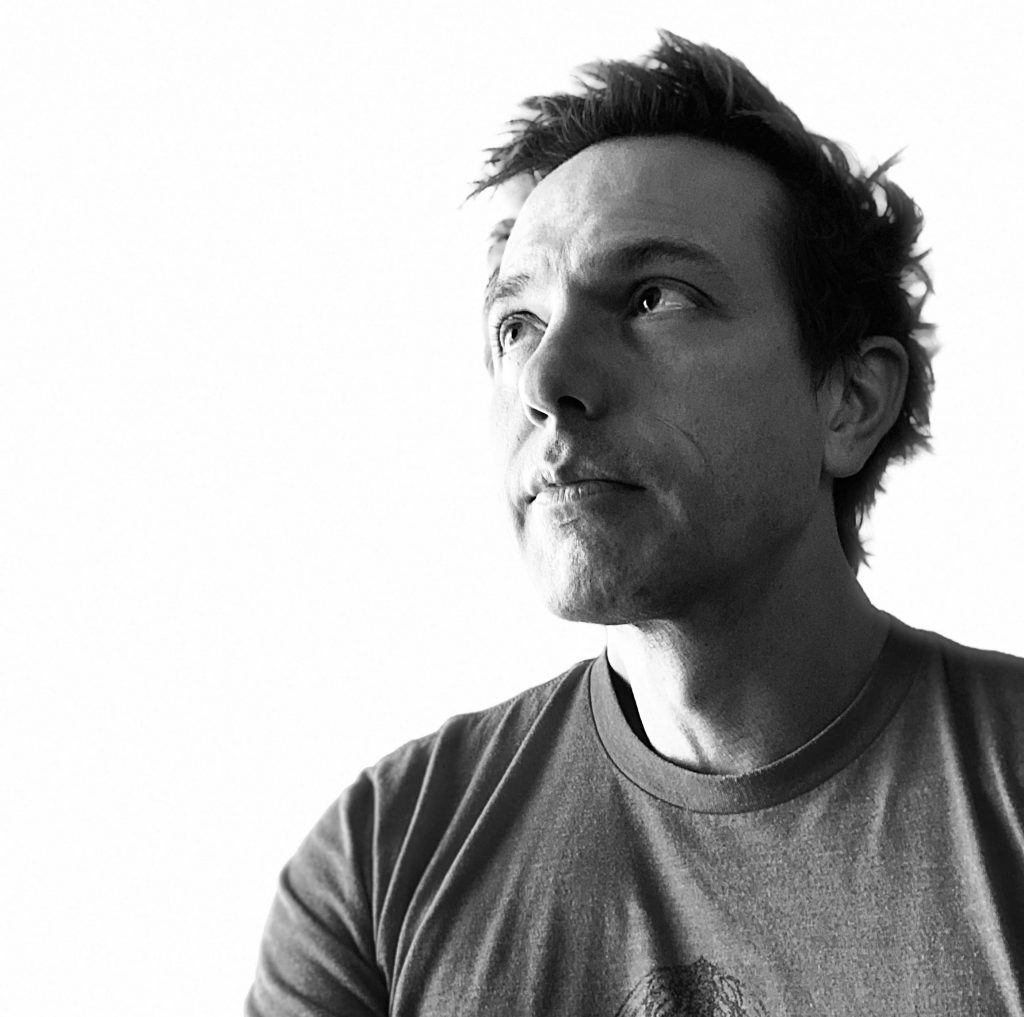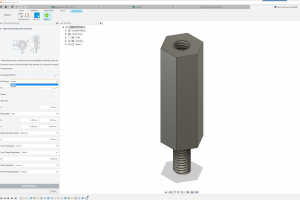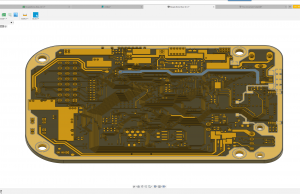Podcast: Play in new window | Download
Subscribe: Apple Podcasts | RSS

Welcome, Matt Berggren! Matt is a Director at Autodesk for the Fusion 360 product team.
- Matt was a key player in the EAGLE acquisition
- These days Matt is focused on doing electronics design natively in Fusion
- HSM was integrated into Fusion
- Acquisition happened on Brexit, June 2016 (which impacted currency, having bought EAGLE from a British company)
- Matt also is in charge of Tinkercad, 123D, and Circuitsio.
- Circuitsio (now part of Tinkercad) is electronics design in the browser. It’s somewhere between Fritzing and Upverter in terms of capabilities.
- The circuit simulator is the main piece.
- Tinkercad is 3D modeling in the browser
- Circuitsio does ATMEGA instruction timing and can also simulate esp8266.
- Good use case with teachers
- Some examples of mixed electronics/mechanical to put a coin cell into a 3D model
- Fusion has mesh to boundary representation converter
- Matt got started in Ham Radio and electric guitar.
- Dad, Uncles, and their friends worked on Zenith
- IR remote controls came out of their lab
- Matt started at Microwave Communications Incorporated (MCI), the phone company
- World Com bought MCI
- Bernie Ebber of WorldCom helped break up the Bells
- Landed out in CA, started working in EDA
- PCAD with Accel EDA
- FPGA Journal Kevin Morris, “Engineers are in constant fear of being found out”
- Started doing roadshow and customer facing stuff
- Matt found out the vast majority of boards:
- 6 layers or less
- Ship less than 50k units
- Don’t use blind/buried vias
- BGAs weren’t approved for flight until 2007
- Emails project from General Atomics
- Meeting with cross section of customers gave a wide view of industry
- Protel became Altium
- PCad and Protel were competing internally
- Analog Aficionados (next one is coming up Feb 15th)
- Matt used to work with Dave too!
- Lived in Australia and then moved to Shanghai
- Rabbit semiconductor
- Matt used to work for McDonalds earlier in his career
- Started business in China in 2012, after Altium.
- 30 Million people in Shanghai, more than Australia
- McDonalds was an early pioneer in getting connectivity working
- China was thinking about how to connect infrastructure
- After Matt’s time in China, he joined Supplyframe where he and Chris met and worked together.
- They helped start the first Hackaday Superconference
- In 2016, Matt joined Autodesk and helped broker the deal for CadSoft EAGLE.
- Autodesk conversation, “What would we do with data we understand about customers?”
- Data isn’t as useful in aggregate
- Grouping of tools in EAGLE
- What was the community reception to EAGLE?
- “People didn’t use EAGLE for the UI”
- Native compilation for EAGLE was CentOS
- The solderpaste layer is called “cream” because the layer names wanted to be called by the first two letters in the command line. You can type “tc” to start on that layer.
- The core of EAGLE was very robust and put together well
- Always developing for a new base of users, the ones who decide to re-up. This is especially true for subscription.
- “The relationship means I constantly have to convince people that they should spend more money with me”
- Making foundational changes to make long lead time problems go away.
- Matt will not yet give a date for release (of Fusion Electronics)
- Mechanical world has a lot of things missing in the electronics world
- Added spline curves for board shape definitions
- Fusion Electronics will be different than EAGLE.
- The major shift in mechanical design has been parametric on a timeline continuum.
- Similar to the Tinkercad example earlier in the show, modifying the component pieces means everything gets passed downstream.
- The current EAGLE to fusion converter inserts the pcb and components into the timeline
- Assumption is that the transition CAN happen more often, not that it will.
- Sculpting in Fusion
- Starting to do thermal analysis, need to be able to capture all of the copper
- Solid body vs mesh
- Solid body copper means they’re introducing 10000 edges, but it’s still performant at high levels
- Thermal simulations
- “How do you know you have the right number of vias”
- Quick route on EAGLE
- The ability to re-route means you can move components and it will re-route
- Demo video from Autodesk University
- Get in touch with Matt on Twitter at @technolomaniac
- We have some screenshots below, but there will be more demo videos coming soon




perhaps autodesk can buy zuken’s e3 and add harness design to fusion!
https://www.youtube.com/watch?v=Q99SRycAn88